
E-mail: font@focusonnature.com
Phone: Toll-free in USA 1-888-721-3555
or 302/529-1876
 |
PO Box 9021,
Wilmington, DE 19809, USA E-mail: font@focusonnature.com Phone: Toll-free in USA 1-888-721-3555 or 302/529-1876 |
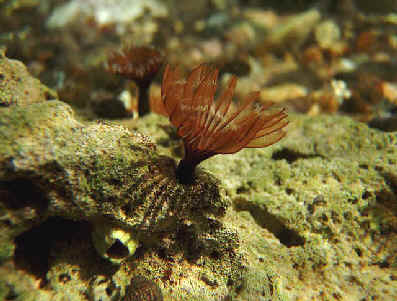 MARINE LIFE
MARINE LIFE
of Western North America
of the Pacific Ocean
and the Sea of Cortez
or Gulf of California
Other than Marine Mammals,
and the pelagic reptile, the Sea Snake
including inshore
and offshore waters
of coastal Alaska, Washington State,
California, Baja California, and
Sonora, Mexico
with some references and photos
relating to
the Pacific coast of Central and South America
This List of Western American Marine
Life compiled by Armas Hill
with 735 species of various marine creatures in the list.
Those seen during Focus On Nature tours and pelagic trips
with an (*)
Photo at upper
right: a SEA FAN on the coral PORITES PANAMENSIS (formerly P. CALIFORNICA),
in the Gulf of California, also known as the Sea of Cortez,
in Sonora, Mexico
Links:
A
Listing of scheduled Focus On Nature Tours
Upcoming
Focus On Nature Tours in North America FONT
Past Tour Highlights
Links, in the following list, to:
CNIDARIANS Corals Gorgonians, Sea Fans Sea Pansy Sea Pens Sea Anemones
Jellyfish Hydroids Comb Jellies
GASTROPODS
Abalones
Limpets Periwinkles
Turret Shells Wentletraps
Conch Shells Cowries
Moon
Shells Helmet Shells
Dwarf Tritons
Whelks Olive Shells
Cone Shells Auger Shells
Turrid Shells
Bubble Shells
Tusk Shells
TUSK SHELLS (above) are not
GASTROPODS but SCAPHOPODS.
The groups in the following line are GASTROPODS, but some are without shells.
Sea Butterflies Sea
Hares Nudibranchs & allies
BIVALVES Mussels Scallops Cockles Tellins Macomas
Jackknife Clams, Razor Clams, Gaper Clams Soft-shelled Clams
Piddocks Lysonias Pandoras Spoon Clams CHITONS
CEPHALOPODS:
Squids
Octopuses Paper Argonauts
ARTHROPODS: Sea Spiders CRUSTACEANS
Copepods
Barnacles (& Isopods, Beach Hopper, Beach Flea) Shrimps Crabs
ECHINODERMS
Sea Stars & Brittle Stars Sea
Urchins & Sand Dollars Sea Cucumbers
CHORDATES: Tunicates (and pelagic tunicates,
salps) Lancelet BRYOZOANS
Other Links:
Birds of: Alaska California Washington State Mexico (a list in 3 parts) Sonora, Mexico
Mammals (including marine mammals) of: Alaska California & Washington State Mexico
Marine Life of Eastern North America
![]()
Codes:
All of the following
either along the coast or offshore.
AK
in
Alaska, USA
BC in British Columbia, Canada
BJ in Baja California, Mexico
CA
in California, USA
SC
in the Sea of Cortez, or Gulf of California, including portion in Sonora, Mexico
WA
in Washington State, USA
Species with a
"pr"
following the CA
occur in the area of Point Reyes,
California.
(p): seen pelagically
(ASC:xx) refers to plate number of a photo in the "National
Audubon Society Field Guide to Seashore
Creatures"
(AS:xx) refers to plate number of a photo
in the "National Audubon Society Field Guide to North American
Seashells"
(PS:xx) refers to plate number with
an illustration in the "Peterson Field Guide, Shells of the Atlantic and
Gulf Coasts and the West Indies", by R. Tucker Abbott and Percy Morris,
1995
(SCMA:xx) refers to the page with a photo
in the "Sea of Cortez Marine Animals", by Daniel Gotshall, 1998
(SCMI:xx) refers to the page with a photo
in the "Sea of Cortez Marine Invertebrates", by Alex Kerstitch and
Hans Bertsch, 2nd edition, 2007
ph: species with a photo in the FONT website
MARINE, or SEA, TURTLES
(Reptiles)
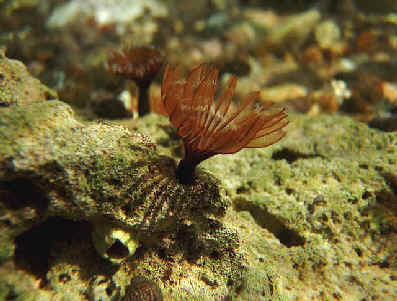
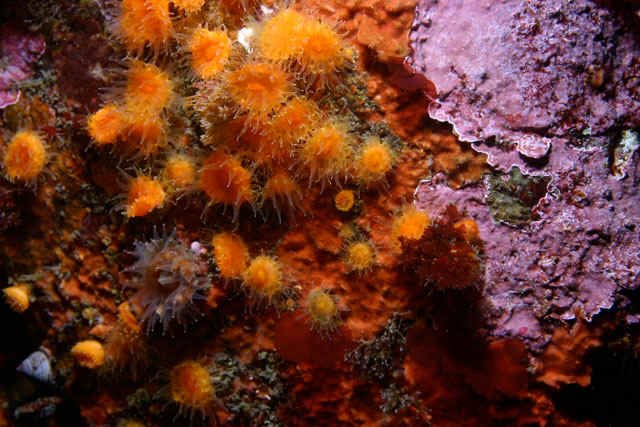
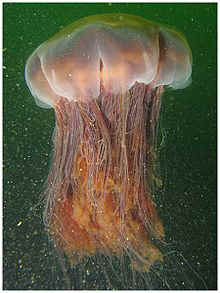
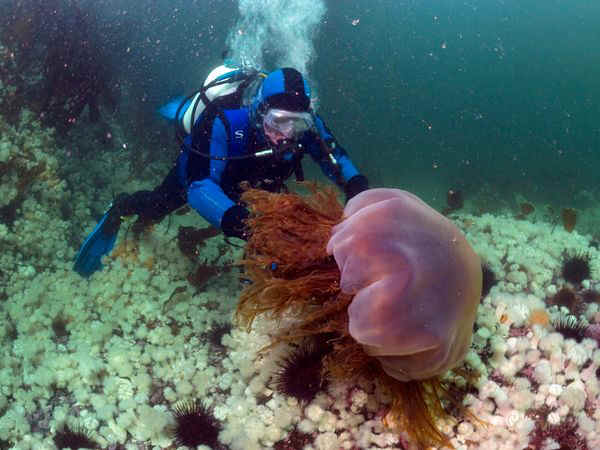
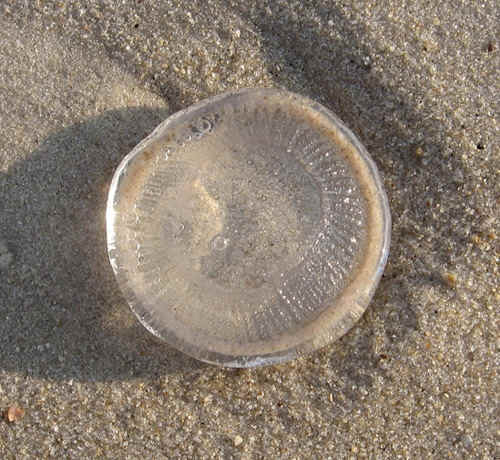
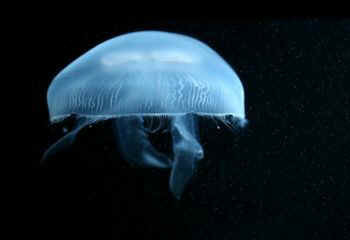
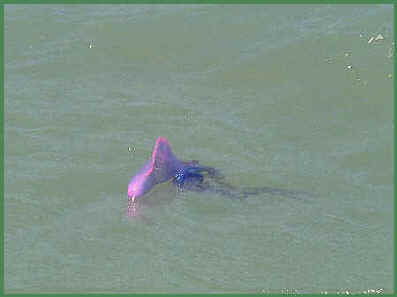
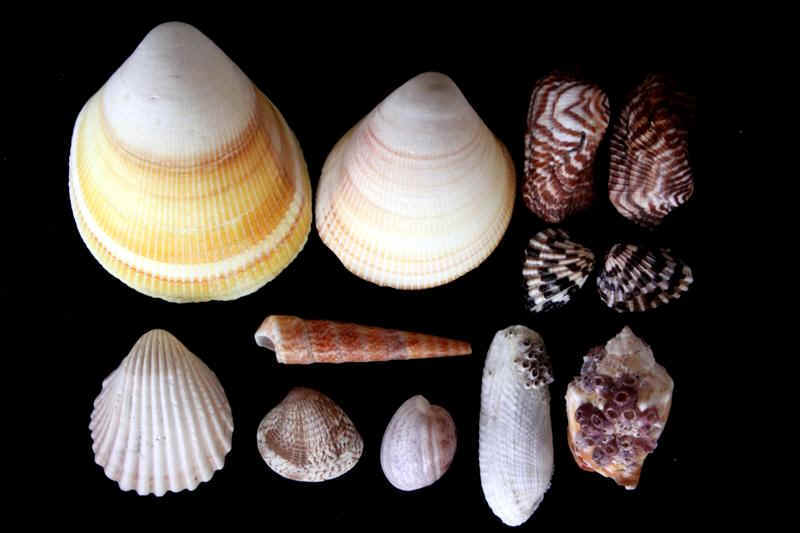
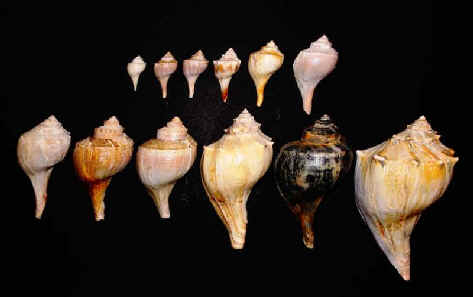
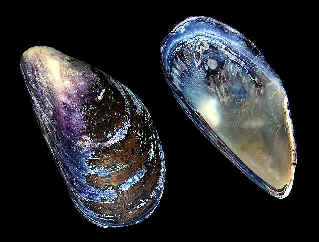
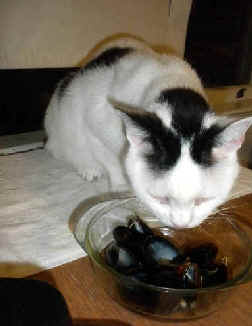
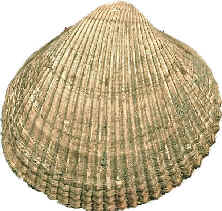
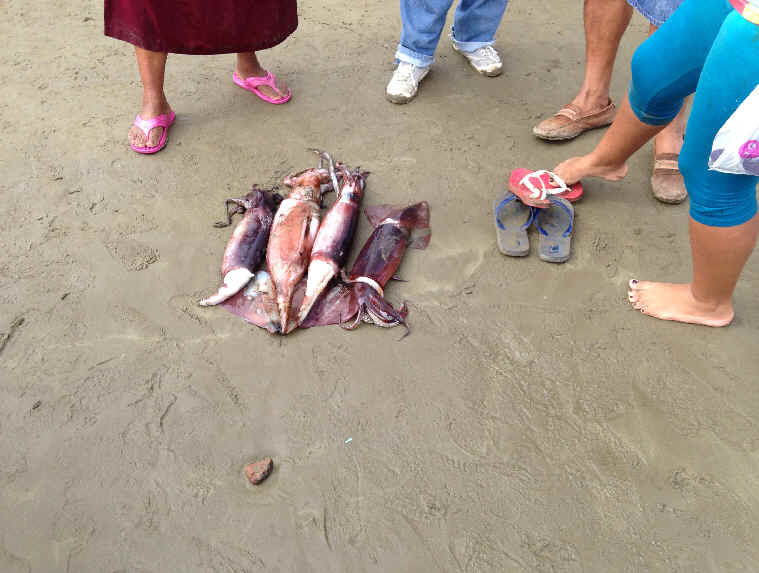
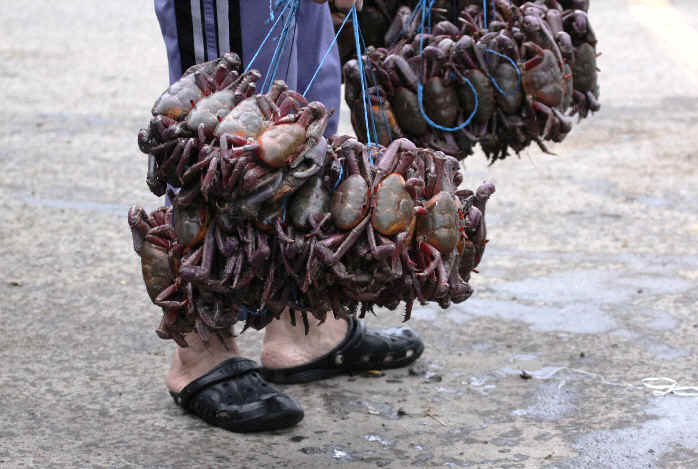
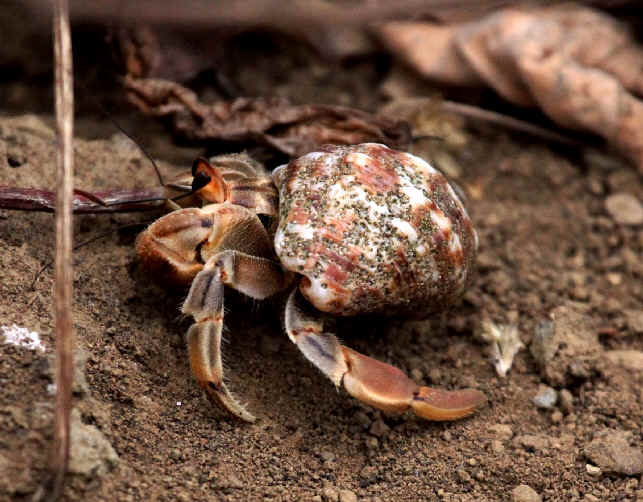
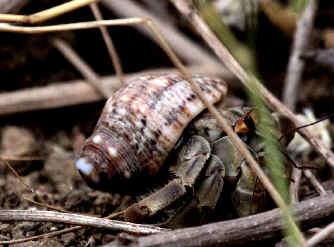
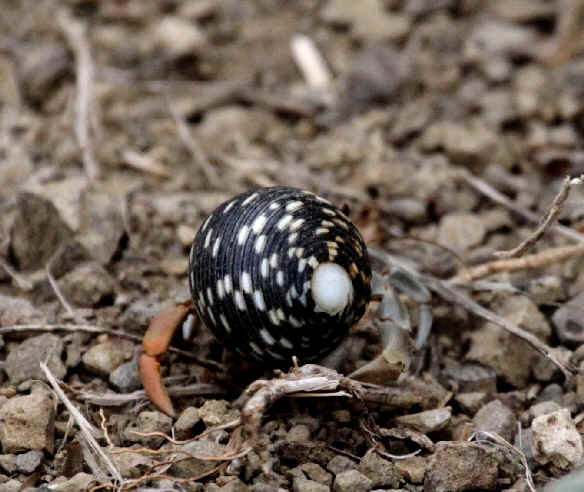
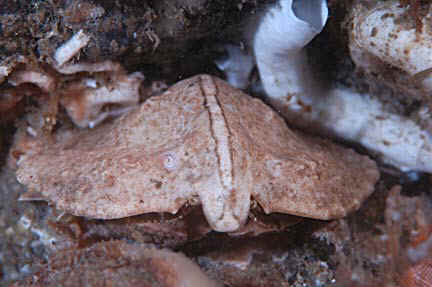
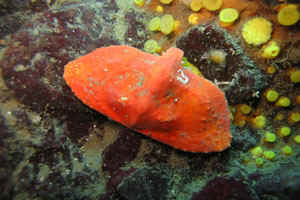
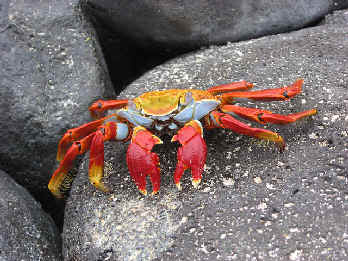
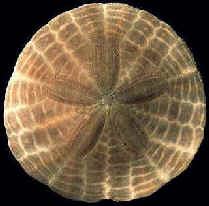
References include:
"Sea Life - A Complete Guide to the Marine Environment", edited by
Geoffrey Waller, with principal contributors Marc Dando & Michael Burchett,
1996.
"Nature in the Northwest - An Introduction to the Natural History and
Ecology of the Northwestern United States from the Rockies to the Pacific",
by Susan Schwartz, 1983.
"The Natural History of the Point Reyes Peninsula", revised
edition, by Jules Evens, 1993.
Other References:
"Light's Manual of Intertidal
Invertebrates of the Central California Coast", 3rd edition, 1975
"Between Pacific Tides", by Ed Rickets and Jack Calvin, 1968
"Intertidal Invertebrates of California", by Robert Morris, Donald
Abbott, and Eugene Haderlie, 1980